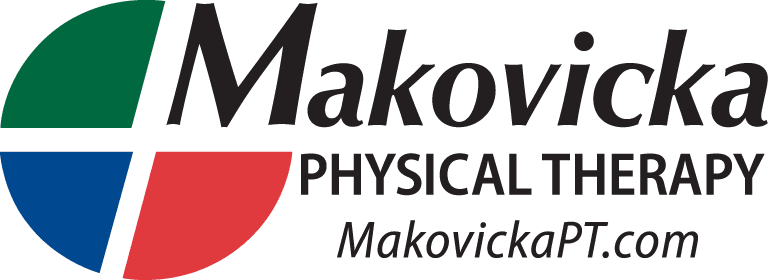Does the environment around you seem to be moving even if you’re not? Do you feel as though you need assistance where ever you walk in case you might fall? We would be happy to help you figure out the cause of these problems.
Below are the three systems that help with how we balance ourselves. Read through them and if any questions come up or if this is something that might be specific to you please let us know!
Visual System
The most dominant system is the visual system (our eyes) and it tells us what the environment around us is like and what obstacles we may encounter. Often taken for granted, the eyes provide a large amount of information and take into account what we are focused on as well as what is in our peripheral field (ambient vision). Training our visual system has gone to a whole new level as more and more athletes attempt to separate themselves from the rest of the group.
Proprioception/Somatosensory System
Another system includes the proprioceptive/somatosensory system that tells us where our body is in space. The proprioceptive system uses sensory information that comes from within the body. For example, if we hold our right arm above our head and close our eyes, we still know that the right arm is raised due to information sent to our brains from sensory nerves. So if you think about walking or standing, we don’t really look at our legs when we’re walking, but rely on the proprioceptive information from our legs to tell us where they are.
Vestibular System
The third one is the vestibular system, which has a lot to do with the balance portion of our movements or stance. This system resides within our inner ear and as our head moves (along with our body) we receive information as to what direction and how fast or slow we’re moving. It doesn’t just help us with posture or stance but tells our eyes what they should be looking at and where to look next. Can you imagine how this might affect our balance if it were somehow “off” or not working right?
Typically these three systems are healthy as we’re young and can diminish in acuity as we grow old. Injuries to the head that we might sustain during sporting events or car accidents can also have an impact on these systems. These injuries are known as traumatic brain injuries (TBI) and sometimes can be tough to diagnose as they may not present themselves right away.
Training these systems, including the vestibular system, will vary from athlete to athlete. If you’re doing most of your strength training on machines or benches that support your body weight, it would be as simple as doing more exercises where you have to support yourself. For example, if you’ve been doing the shoulder press seated on a bench with your back supported, you could either take the back rest away or do the shoulder press standing. Including equipment, such as the BOSU, will also train these systems that work together to help us produce efficient movement patterns.
To stay up to date on current topics, check us out on Facebook and Twitter!
For more information on how we can help visit makovickapt.com
